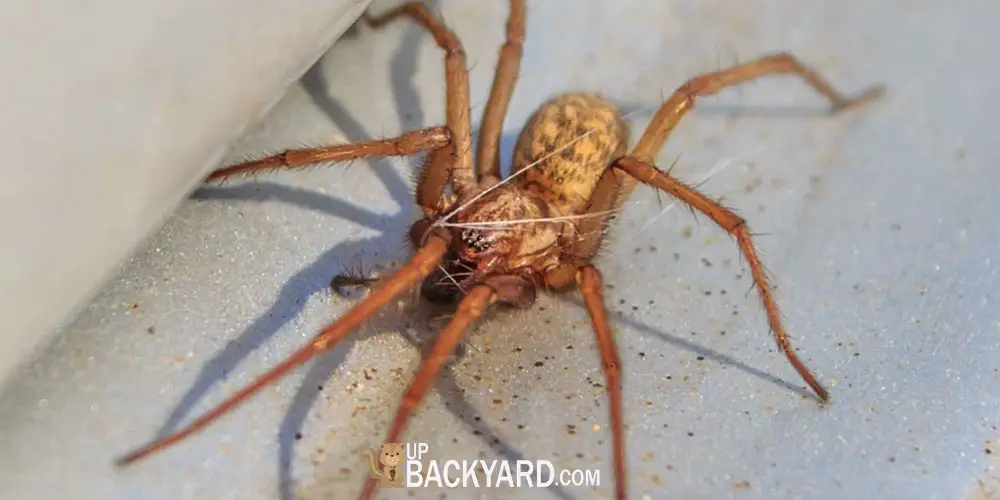If you’ve ever been a victim of a spider bite, you likely know that its effects can be quite unpleasant.
Spiders usually try to coexist with their human neighbors, helping to control the insect population as they find warm and comfortable places to burrow in during inclement weather.
At times, however, these arachnids can pose a threat to us if we don’t take proper precautions to protect ourselves.
What is Hobo Spider?
The hobo spider is one of many arachnids that makes its primary home in the Northwest part of the U.S.
Otherwise known as Eratigena Agrestis, this European immigrant is known by many to be a potentially poisonous species whose bite can be medically significant if not properly treated.
Identifying Hobo Spiders in Your Home
Many hobo spiders have been confused with the common house spider, though there are some distinctions that can help you determine which species you are dealing with.
Aside from the standard brown or grey color of a hobo’s body, you’ll see:
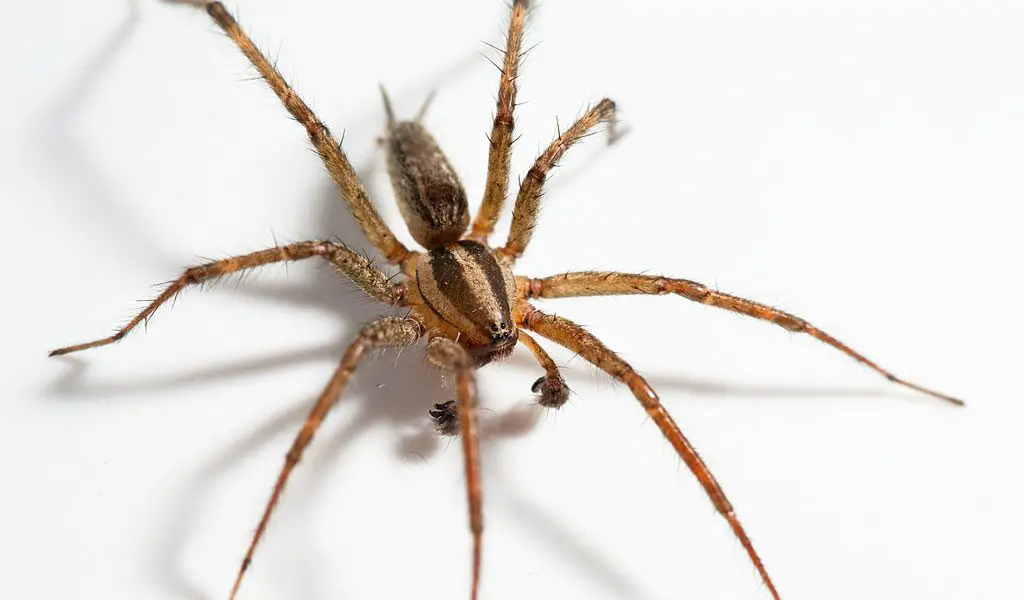
- A v-shaped mark on the abdomen that faces its head.
- Solid-colored legs.
- A light stripe that runs along the middle of the sternum.
Adult hobo spiders can reach up to 2 inches long, and their impressive leg span makes them look much more intimidating than they need to be.
We should still exercise caution when dealing with spiders. Our ability to accurately identify them will help determine how we must deal with invasion or infestation.
Signs That Hobo Spiders Are Present in Your Home
One of the most significant indicators that hobo spiders are present in your home is the abundance of webs everywhere.
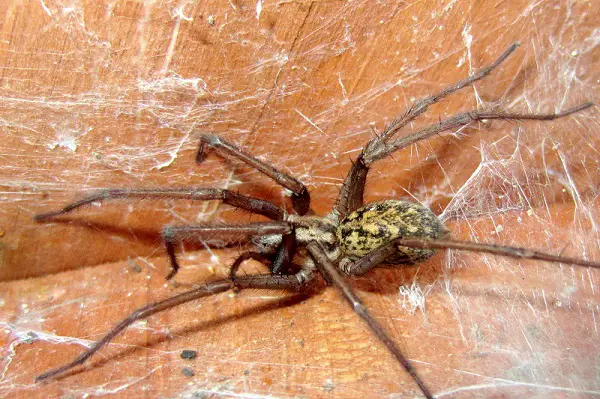
Dark, dimly lit corners, furniture legs, underneath beds, and in closets along the baseboard are just a few of the places that this reclusive critter likes to crouch.
Hobo spiders are funnel weavers, meaning that their webs have an enclosed area in which the spider likes to spend much of its time.
Their webs are visible from long distances, thanks to a milky, translucent appearance. Also found in cracks and shrubs outside, you’ll need to keep an eye out for them when running barefoot along the sidewalk or sporting open-toed shoes.
Another distinguishing feature of these masterful webs is the attached trip line, which lets spiders know that prey has entered their domain.
In general, hobo spiders are not good climbers, so you’ll find the majority of their weaving closer to the ground, particularly in cool, damp places.
Check behind boxes, furniture, and in your basement to see if you have visitors.
Getting Rid Of Hobo Spiders
There are several proactive measures you can take to get rid of hobo spiders and reclaim your home.
Knowing that they like dark, cool corners in your home, now would be the perfect time to declutter and remove debris and extra boxes from basements, closets, and quieter spaces.
Do what you can to remove the hobo spider’s primary food source – insects. This species will eat anything that lands in their webs.
So staying on top of fly and insect removal before they get to your unwelcome houseguest will do much to inspire them to relocate.
Dust and vacuum webs right out of your home. If you choose to dust, exercise caution when removing web structures from dark corners, as the hobo may be lurking in its favorite spot.
Wrap the webs around a long stick and place it in a garbage bag, sealing it before removing it completely from your home.
Consider the use of diatomaceous earth to keep hobo spiders under control.
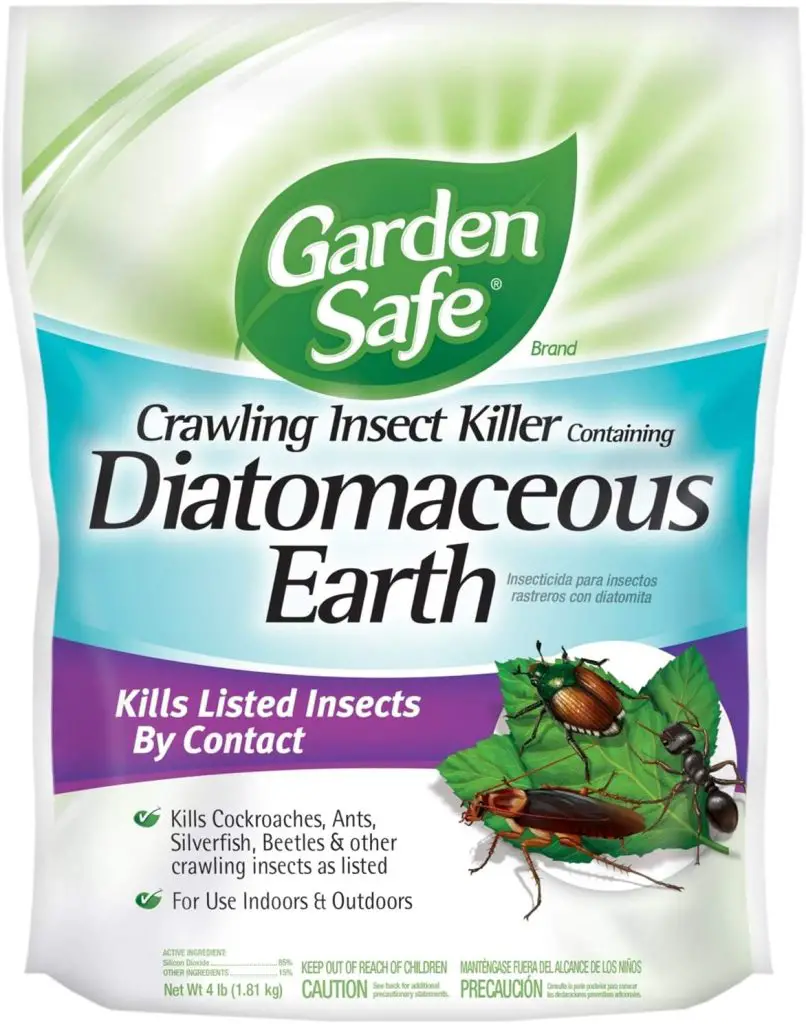
Diatomaceous earth is a white powder that kills most insects when they come in contact with it, and it has been known to work on hobo spiders.
Sprinkle a thin layer around the corners of your home, on windowsills and frames, on door frames, and around the inner and outer perimeter.
Don’t forget the yard! Hobo spiders simply adore hiding under landscape debris or in areas where grass meets the foundation of your home.
You’ll want to keep your lawn trimmed, decluttered, and relatively free from lawn ornaments and decorative rock that could serve as a crafty hiding place for a wayward wanderer.
Of course, if you find yourself with an abundance of hobo spiders on your hands, or if you are simply not comfortable dealing with their removal, consider calling in a pest control specialist to help you eliminate your problem.
Tips on Keeping Hobo Spiders Out of Your Home
To prevent further infestation, do the following:
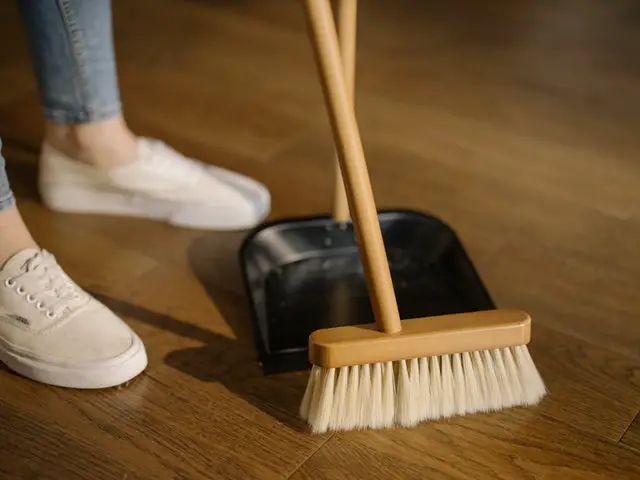
- Keep your home and garage clean and clutter-free.
- Seal all cracks around your home’s foundation and entrances.
- Spray insecticide around the perimeter of your home.
- Wear protective gear to cover your skin while working in dark, damp areas.
In no time, you and your loved ones will have regained confidence and reclaimed your home and living spaces.
Are Hobo Spiders Dangerous?
Hobo spiders usually only bite humans if they feel trapped or threatened.
Many people think that hobo spider bites are venomous and that they can cause skin lesions, swelling, and even necrosis, or tissue death.
While some people may react to hobo spider venom this way, there is insufficient evidence to classify the hobo spider as a poisonous insect.
Typically, a hobo spider bite will not be deadly, but it can be dangerous. This aggressive spider can cause a nasty, painful sore, and in some cases even result in gastrointestinal and headache distress.
Other more severe symptoms can mimic that of the flu, with extreme reactions including necrosis, or tissue death around the surface area of the bite.
A few hobo bite cases have resulted in a condition known as bone marrow failure, which can be life-threatening.
As you recover from a hobo spider bite, you’ll likely have a scar and a whopper of a tale to tell friends and family who marvel at your bravery.
Depending on the area of the body on which the bite occurs, you may have anywhere from two weeks to nearly a year to completely heal.
If the damage from a spider bite is severe enough, you may need to consider tissue grafting to cover the affected areas.
Doctors will remove damaged or dead tissue from the area surrounding the bite, and healthy tissue will then be transplanted from another area of your body to the site, allowing it to fuse with healthy tissues and complete the process of healing.
Treating a bite wound
Treating a hobo spider bite promptly is the key to healing quickly and efficiently. Clean the affected area with soap and water, then apply a cold compress over the area.
Keep it elevated if the area continues to swell, and monitor for signs of extreme itchiness and bruising. If other symptoms appear and persist, seek medical attention immediately.
As an added measure of protection, you might consider getting a tetanus shot to minimize long-term damage and ensure proper healing.
Talk to your doctor about the best course of action for treating and healing from a spider bite.
Interesting Facts About The Hobo Spider
The hobo spider has a number of interesting behaviors and traits that set it apart from other members of the arachnid family.
(1) The hobo widow: A close cousin to the black widow, who kills her mate after breeding.
While the female hobo doesn’t actively play a part in her mate’s demise. He knows that he has mere hours to check items off of his bucket list after mating, for he will soon die as well.
(2) The hobo orphan: Female hobo spiders do not last long after laying their eggs either.
In most cases, a female hobo will only live to produce offspring for one season, with only a few cases known in which a female has lasted more than one mating season.
(3) Hobo migration: The hobo spider originated in Europe, but eventually hitched a ride over to the U.S on shipping boats and passenger craft, landing in the northwest part of the U.S. It is theorized that many of these hitchhikers arrived via Seattle on cargo ships.
(4) Hobo spider diet: Like many other members of the arachnid family, the hobo spider feeds on insects, classifying it as an insectivore.
Insects become trapped in the silky threads of their funnel-like webs, and the spider is able to trap its prey for a tasty meal.
(5) Hobo Spider Behavior
The hobo spider prefers to live alone, avoiding contact with other spiders, animals, and especially people.
It spins its web in dark, damp places, such as under rocks and in a home’s foundation.
The hobo will hide in the thickest part of its web and wait passively for other insects to wander into it before rushing out to secure its prey.
Quite non-discriminating in its choices, the hobo will devour nearly everything that makes its way into the web, including a wayward and unsuspecting human finger or toe.
Rest assured, it won’t make off with your appendage, but it could do some serious damage before you pull back and survey your newly acquired bite.
